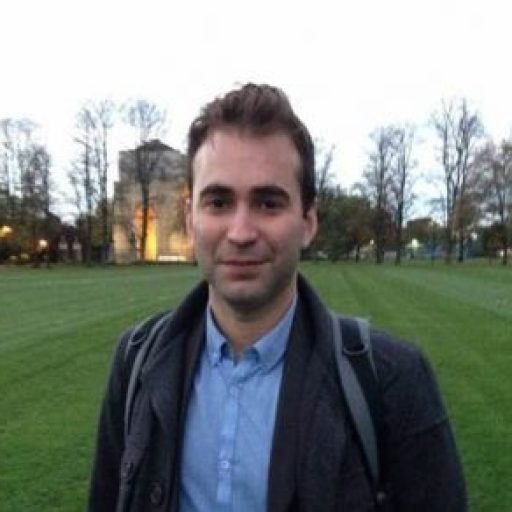
Melissa McInnis
Through edge detection, software-developed algorithms can define the boundary of an object and separate regions based on threshold values, creating a pixel-wise mask for each object in the image. The goal of segmentation is to create these pixel-wise masks, which can then be manipulated and adjusted to generate 3D anatomical volumes and meshes for further analysis and implementation.
My portion of the ECGi project is in generating the geometry to be used in both the forward and inverse solution of electrocardiology. Generating these geometries involves segmentation of medical images, in which a digital image is partitioned into multiple segments.
Scholarship: Programa Bolsas Brasil PAEC OEA-GCUB 2018
Grupo de Cooperação Internacional de Universidades Brasileiras (GCUB) e a Organização dos Estados Americanos (OEA)

Hobbies: arts (theatre, dance, music, fashion, photography), exploring the city and checking out new/trendy restaurants, bazaars and cultural events, food, nature hikes, beaches
Rhuan de Castro Correia, 27
My participation in this group aims to develop a master’s work an in situ experimental setup of induced Atrial Fibrillation with electrical stimulation for future customization of metrics and electrocardiographic maps obtained by electrocardiographic surface mapping (MES). This characterization may allow the identification of intrinsic patterns and characteristics of each AF mechanism in a non-invasive way, and may, in the future, help electrophysiologists in planning for the determination of therapeutic strategies.
Professional areas nowadays: project and innovation management, developer of technologies for measurement and quality control of ionizing radiation (Gamma and X rays) for radiodiagnosis; IoT applied to radiation dosimetry and Medical Physics, regulatory consolidation and project documentation (ANVISA), quality assurance management.
Other areas of interest: microelectronics, embedded programming, biomedical instrumentation, radionics and image processing, biomedical signals, photonics, high density PCIs (multlayer and HDI) and IoT communication protocols. Graduation work: Development of an electrocardiographic system for the acquisition and vector analysis of cardiac biopotentials for vetocardiography and electrocardiography
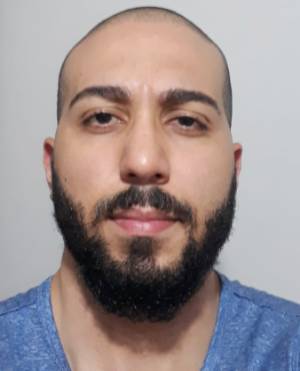
Hobbies: Outdoor sports, running, gym, fighting, studying, and traveling.
Renata Romanelli
My participation in the group is as a student of Scientific Initiation in the area of Cerebral Autoregulation, contributing to the development and validation of the CAAos Software, a new open-source platform for the calculation of cerebral autoregulation. More specifically, I contribute to the development and validation of the Autoregulation Index (ARI) method, which quantifies cerebral autoregulation on a scale of 0 to 9, based on data of blood pressure and cerebral blood flow velocity. I am currently working on the development of a new method of cerebral autoregulation on CAAos Platform, the ARI method – auto-regressive with moving average.
Scholarship: Graduate student at UFABC and Scientific Initiation at FAPESP.

Hobbies: Arts in general, but mainly drawing, painting, and performing theatre, books, movies, and cultural tours.
Camila Rocha Restivo
My participation in the group is as a student of Scientific Initiation in the area of cardiac arrhythmias, specifically atrial fibrillation. My project aims to contribute to validate a customized method of estimating the electrical potentials in the torso from the atrial signals and the 3D geometries of the atria and torso, using the direct Forward Solution of electrocardiology. Therefore, realistic computational models of AF and patients with AF are used.
Validating a method of estimating the signals on the torso during AF from the signals of the atrium and the three-dimensional (3D) geometries of the torso and atria, would contribute to highlight the importance of the BSPM system and its spatio-temporal correlation seen by the torso of the atrial activity during AF, for diffusion in the clinic. Invasive commercial systems could, in the future, use this idea and project the signals on the torso from the heart signals, for training clinicians and encouraging the use of non-invasive methods.
Scholarship: Graduate student at UFABC and Scientific Initiation at FAPESP.
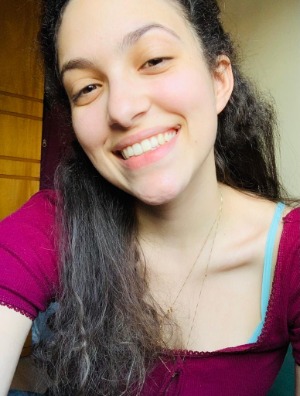
Hobbies: movies, series, checking out new food, cooking, traveling.
Daniele Veloso da Silva, 24
My participation in the group is as a student of course completion work working in the area of tracking hospital technologies aimed at the SUS. My project aims to contribute with accessible technological methods that promote real-time traceability of hospital medical equipment.
Education: Bachelor of Science and Technology, completing a degree in Biomedical Engineering.

Hobbies: movies, series, cooking, painting, traveling.
Gabriel Victor Costa, 21
My participation in the group is as a Scientific Initiation student in the field of cardiology electrophysiology, cardiac signals processing and cardiac arrhythmias, specifically Atrial Fibrillation (AF). D The objective of my project is to validate a customized method of estimating and mapping the electrical potentials in the atria from the torso signals and the 3D geometries of the atria and torso through the Inverse Problem of Electrocardiography.
Therefore, validating a method of estimating the signals in the atria during AF from the torso signals and three-dimensional (3D) geometries of the torso and atria would contribute to highlight the importance of noninvasive methods for diffusion in the clinic. Invasive commercial systems could, in the future, use this idea and project the signals on the heart from the torso signals, for training clinicians and encouraging the use of non-invasive methods.
Scholarship: Scientific Initiation at São Paulo Research Foundation (FAPESP).
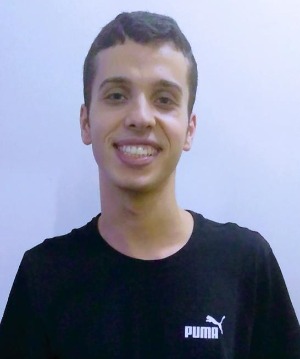
Hobbies: Sports, movies, series and traveling.
Isabella Rizzi Rios, 21
My research is mainly motivated by the search for a non-invasive method to identify cardiac arrhythmias, whose project emphasis is on atrial fibrillation.
Therefore, this research is contextualized in the iECG project, a tool that allows estimating electrical activity in the heart in a non-invasive way. I am responsible for the segmentation of 3D morphology from medical images, generating surfaces and meshes that serve as a basis for the study of the direct and inverse solution of electrocardiography.
Scholarship: Programa Pesquisando Desde o Primeiro Dia (PDPD) – UFABC.
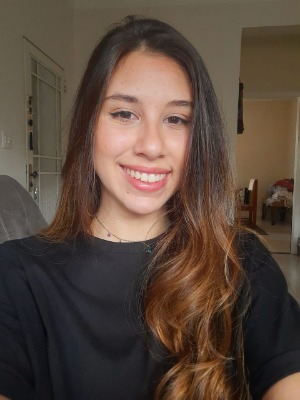
Hobbies: reading, sports, dance, arts, traveling.
Italo Sandoval Ramos de Oliveira, 25
My participation in the group focuses on the post-processing of non-invasive heart signals and BSPM to obtain spatiotemporal metrics that bring benefits for the automated characterization of atrial arrhythmias. The main objective is to be able to use the signals to help identify the main driver mechanism of the arrhythmia and its location in the atria, by using these metrics in machine learning algorithms.
Education: Bachelor of Science and Technology and Biomedical Engineering. Studying Bachelor in Neuroscience and master’s degree in Biomedical Engineering (starting in 2021.3).
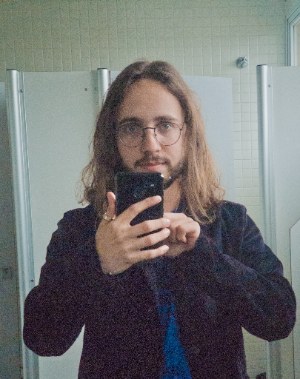
Hobbies: Músic, piano, programming and games.
